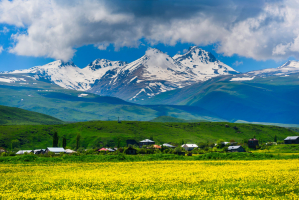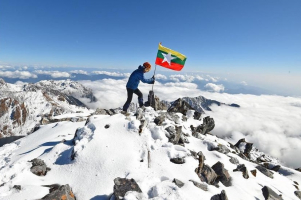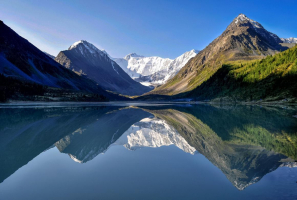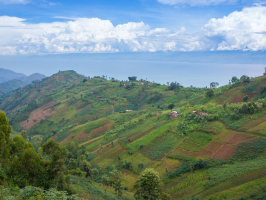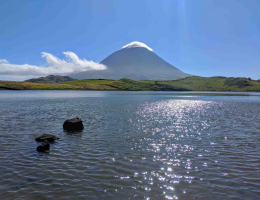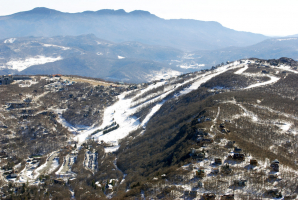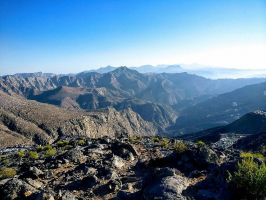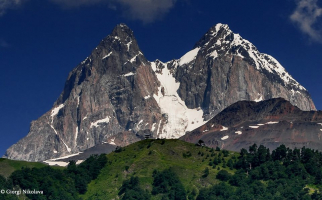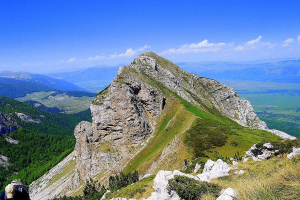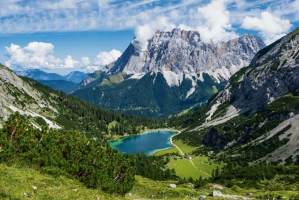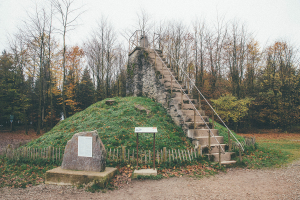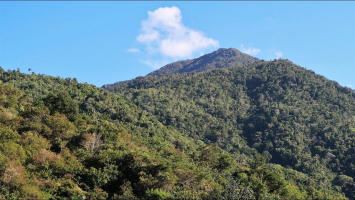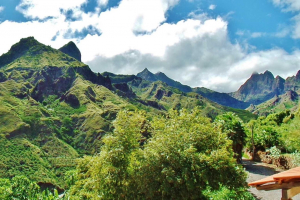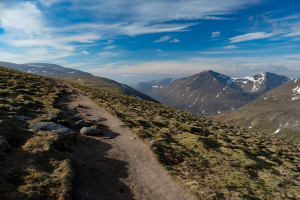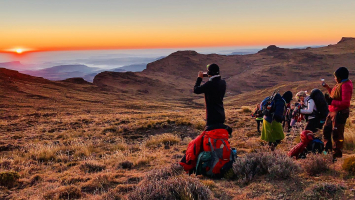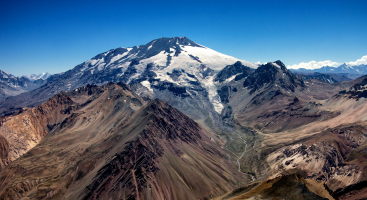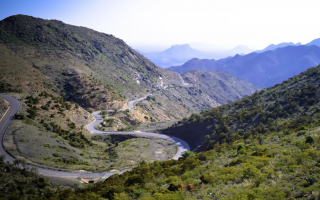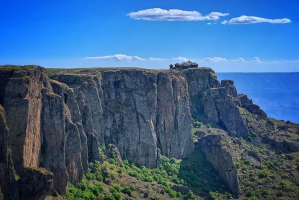Top 5 Highest Mountains in Sweden
Sweden is the largest country in Northern Europe and the fourth largest country in Europe overall. Based on its geography, history, and culture, the country ... read more...features 25 landscapes. Sweden's forest covers around 65 percent of the nation, with the majority of the people situated in the south. Kebnekaise, Sweden's highest peak, is 6,926 feet above sea level. Sweden boasts some of Northern Europe's tallest mountains.
-
Kebnekaise, located in Sapmi, is Sweden's highest peak, rising 6,909 feet above sea level. The Kebnekaise massif comprises two summits, the southern of which is the highest. The glacier that covers the southern peak continues to melt, raising concerns that the southern peak will drop lower than the northern peak within a few years. The north peak is Sweden's highest permanent point. The Kebnekaise lodge is located near the mountain's base and serves as the starting point for the western route ascent of Kebnekaise. Kebnekaise has peak huts and rocky escapements at an elevation of 300 meters. Kebnekaise's top is a tiny glacier less than 10 meters high. From the peak of Kebnekaise, you can see around 10% of Sweden.
The southern summit of the two highest peaks is located atop a glacier on a stony plateau. Because the glacier has decreased in recent years, the peak is not as high as it once was. The highest point was generally claimed to be 2,111 meters (6,926 feet), although it was higher in the earliest measurement, i.e. 2,117 meters (6,946 ft). If the melting rate remains constant, the south peak will fall below the north peak (the highest permanent point in Sweden) within a few years. However, Tarfala Research Station states that as of July 2015, the glacier had expanded by 4.5 meters to 2,102 meters — up from its lowest measurement of 2,097 meters (6,882 feet) the previous year.
Height: 6909 feet
Location: Sapmi, Sweden
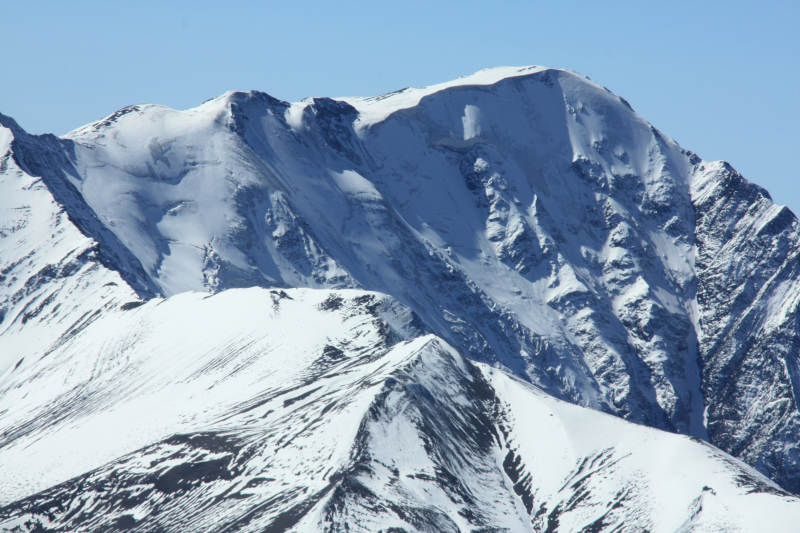
wikivoyage.org 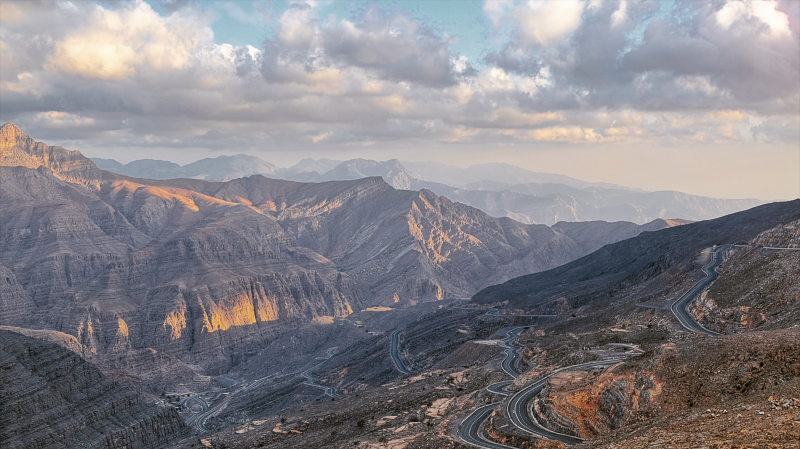
wikivoyage.org -
Sarektjkk is Sweden's second-highest peak and the highest point in the Laponian region, rising 6,854 feet above sea level. It lies southwest of Sourva, at the edge of Sarek National Park. The position of Sarektjkk, along with a lack of a sufficient road network, makes access to the peak difficult. Because of its distant position, the peak attracts just a few hikers each year. Snow has buried Sarektjkk and its surroundings, making it impossible for animals to survive in the region. On this mountain, however, there are a few vascular plants and 15 kinds of animals.
Because Sarektjkk is not easily accessible by any local roads, the approach usually requires a day or more of wilderness trekking. The north peak, at an elevation of 2,056 meters (6,745 feet), is reached through a moderate but steep trek. The true peak (Stortoppen) lies 600 meters (2,000 feet) southwest of the north summit along a ridge and is more difficult to climb, requiring exposed scrambling. The peak may also be reached from the south by strenuous trekking, although this entails crossing glaciers.
Height: 6854 feet
Location: Laponian, Sweden
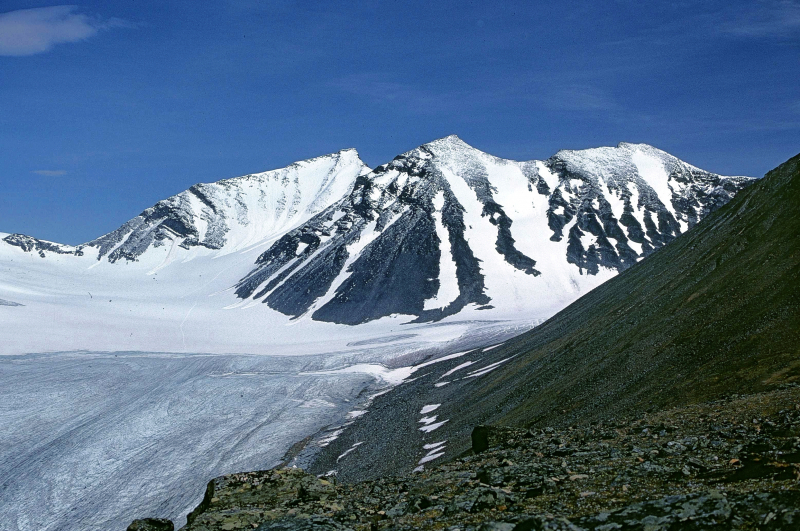
flickr.com 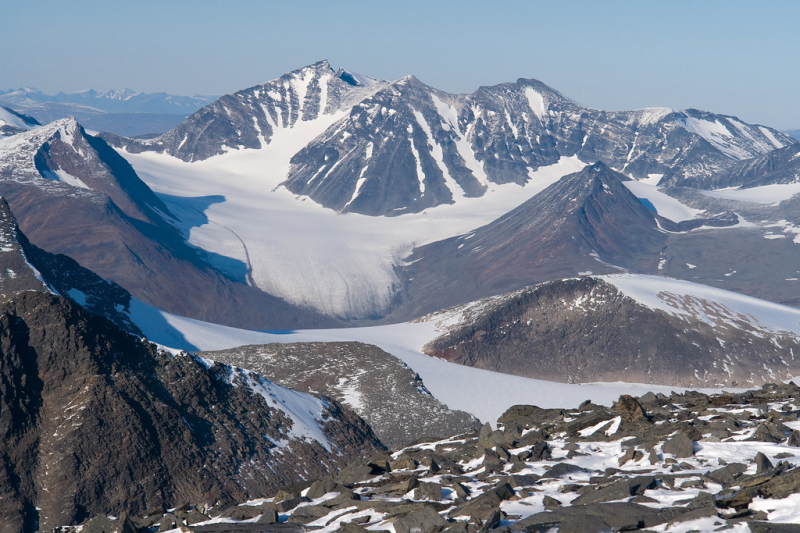
flickr.com -
Kaskasatjkka is the third highest peak in Sweden, rising 6,811 feet above sea level. It is located in the Tarfala Valley, north of mountain lodges and research stations. Gustaf Bucht was the first to summit Kaskasatjkka in 1880. Kaskasatjkka's peak is a flat top plateau that is covered in snow virtually all year. The peak itself isn't particularly noteworthy, but it provides an excellent view over the Tarfala valley and the Kebnekaise mountain range. It's also a shortcut to Kaskasapakte.
Kaskasatjkka is notable for its windy weather and several glaciers in the Tarfala region. Hikers used to go from Kebnekaise mountain lodge to Tarfala for day treks to observe the glaciers. There is also a research center nearby, as well as a cabin where you may stay for a modest cost.
The top may be accessed in a variety of ways. The most direct way ascends a glacier and a broad ridge. For some, the final stretch is only a simple scramble, while for others it is a tough trek. Another option is to take the direct path through Lillietoppsrännan, which begins with Tarfala Lake and continues straight up a snowy corridor graded to PD. This route is prone to avalanches, so verify the snow conditions before setting out. The final phase consists of a brief stroll up the ridge between Kaskasapakte and Kaskasatjkka.
Height: 6811 feet
Location: Tarfala Valley, Sweden
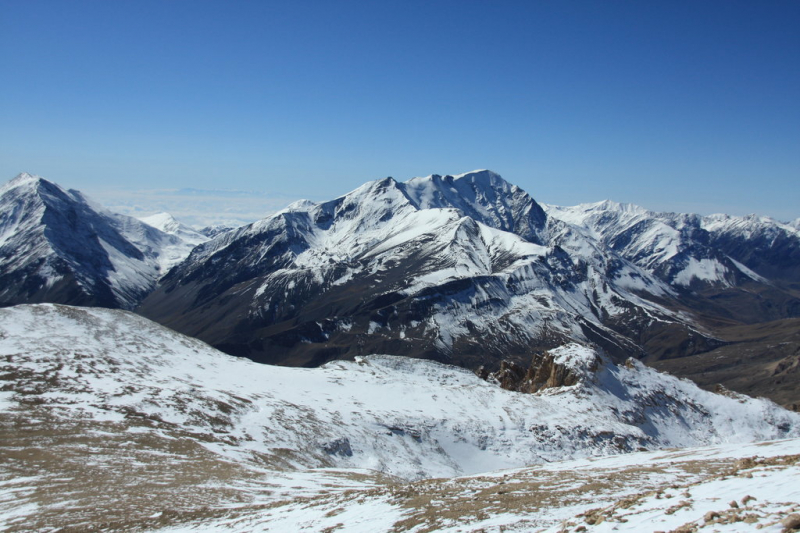
peakvisor.com 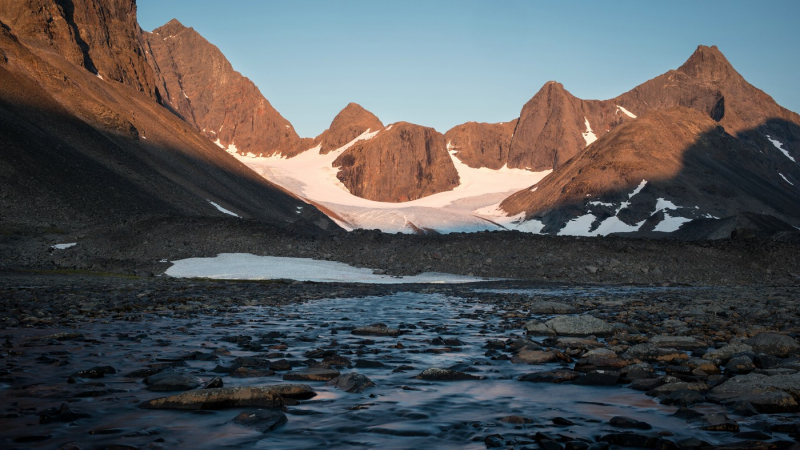
peakvisor.com -
Kaskasapakte is one of the few Swedish mountains where mountaineering abilities are required. Only the west face has no technical challenges, although it does have objective risk in the form of rockfall. The most popular and well-known routes are the SW ridge and the E ridge. The SE ridge is also a well-traveled path. The north face offers 500 meters of steep rock and ice to the summit.
Kaskasapakte is suitable for climbing both in the summer and in the winter. Summer is normally from June to September, while winter is from February to April. At altitude, the first persistent snow usually falls in late September or early October, and growing snow cover, but still insufficient for skiing, hinders travel in October and November. As the snow cover becomes enough for skiing in November, daylight is disappearing quickly, with polar night occurring between December 10 and January 1, making late autumn and early winter a challenging season.
As the earth dries out in early June, the summer season begins, with daily temperatures ranging from 5 to 20 degrees Celsius and nocturnal temperatures that can approach freezing even in the thick of summer. Midnight sun lasts from June 10 to July 1, and daylight is plentiful from mid-May to mid-August, allowing for climbing at all hours of the day. Mosquitoes can be an issue at lower elevations during this time of year, but they are blown away in open settings. Mosquitoes die off and become less of a nuisance as fall approaches in late August.
Height: 6703 feet
Location: Norrbottens Lan, Sweden
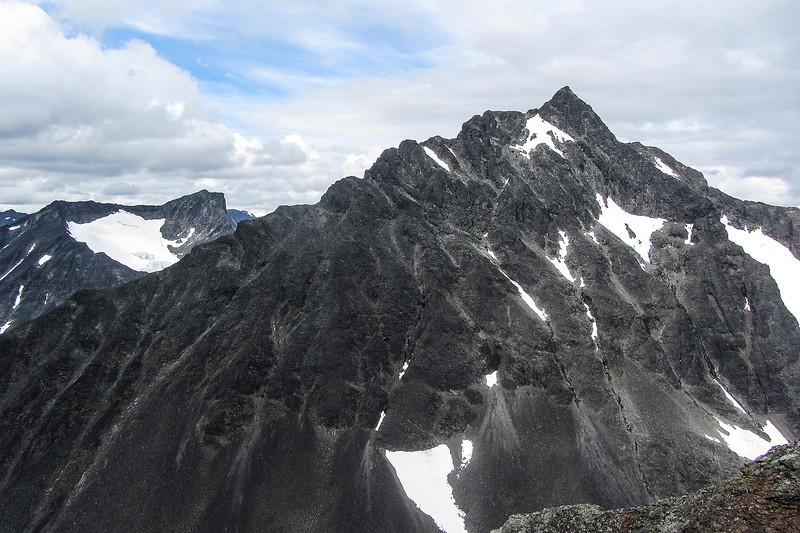
peakvisor.com 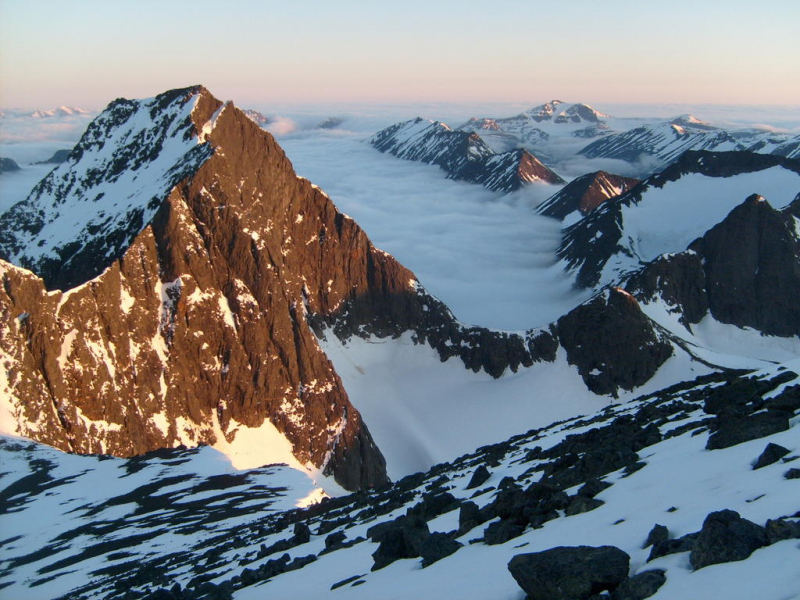
peakvisor.com -
Akka is a massif in northern Sweden that is part of the Stora Sjofallet National Park. Akka's massif consists of twelve peaks and 10 glaciers, with the highest peak, Stortoppen, rising 6,611 feet above sea level. Lake Akkajaure is located beneath the mountain and is controlled by a hydroelectric power facility. Because of the enormous level variances, Akka has a stunning look. The mountain is a holy spot for the Sami culture, and hikers are awestruck by its grandeur.
The massif features twelve distinct peaks and ten glaciers, the tallest of which is Stortoppen at 2,015 meters (6,611 feet). This is Sweden's eighth-highest summit. The mountain's most prominent feature is a vertical drop of 1,563 m (5,128 ft) from the highest summit to the lake Akkajaure in the valley below, which is located at 453 m (1,486 ft). The largest vertical drop in Sweden may be found here. Because the lake underneath the mountain is controlled by a hydroelectric power station, its surface may drop to 423 m (1,388 ft), raising the peak's vertical drop to a maximum of 1,593 m (5,226 ft). The massif has an outstanding look because of the significant level variations and the fact that it is firmly kept together and very solitary, giving it the moniker Queen of Lapland. It is a holy mountain in the Sámi heritage, and some hikers approach it with awe and mysticism.
Height: 6614 feet
Location: Stora Sjöfallet National Park, Sweden
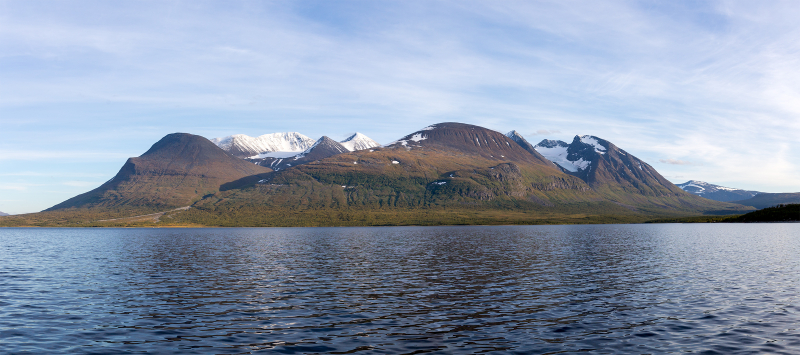
peakvisor.com 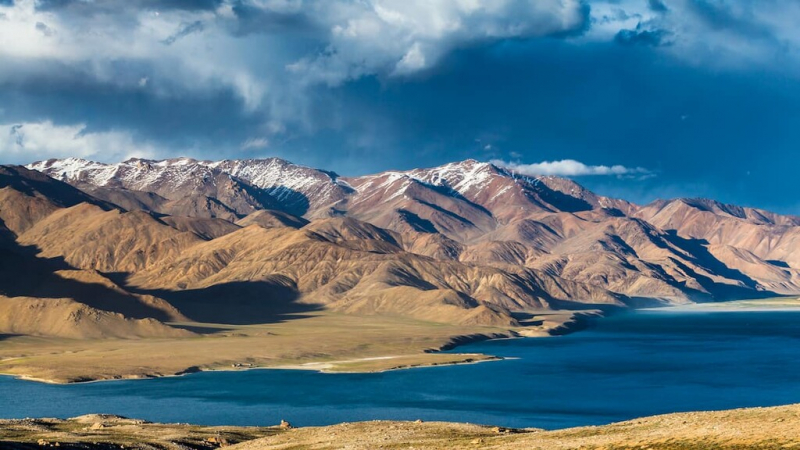
peakvisor.com







